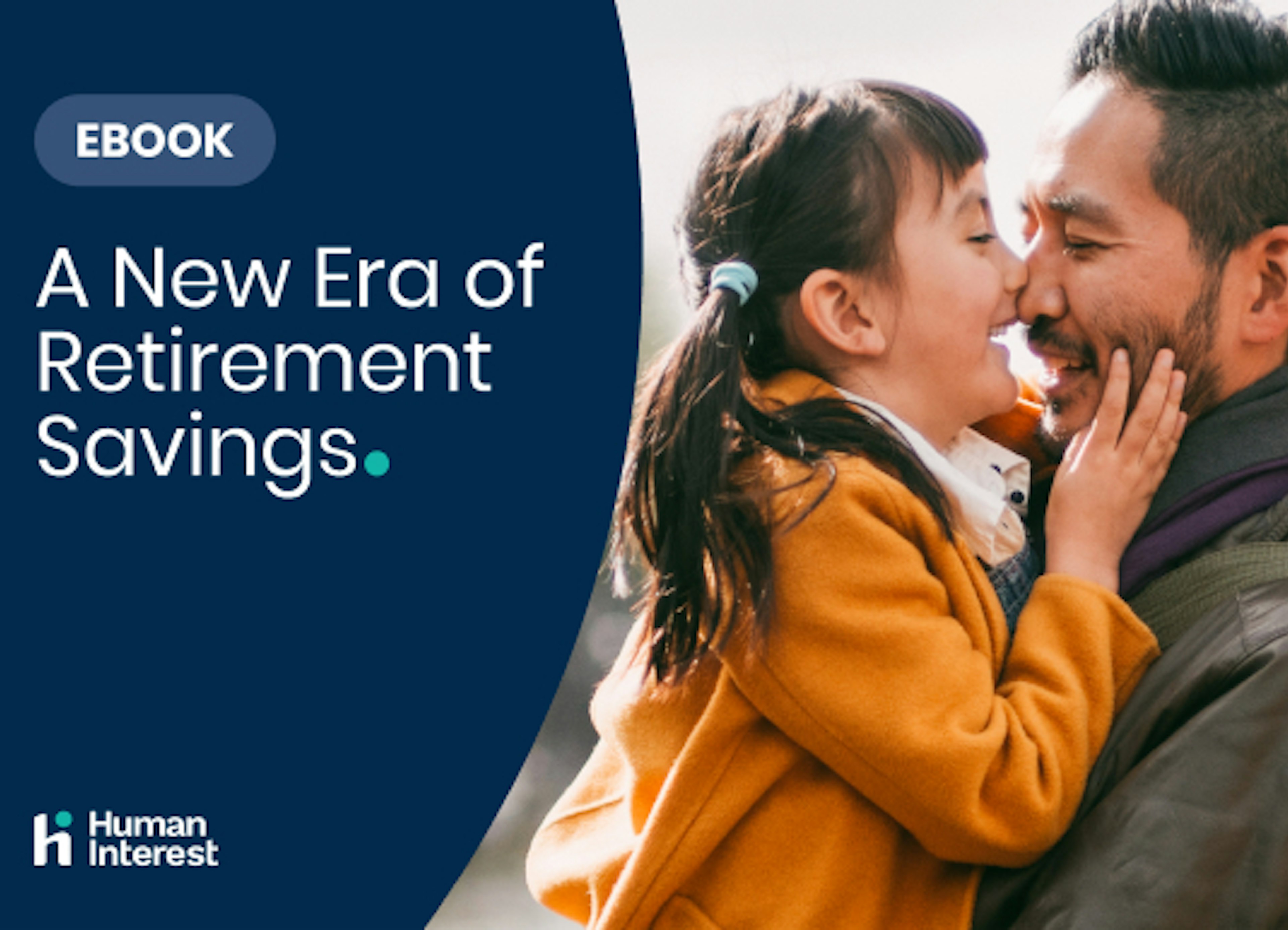While it can be difficult to decide how much you'll need during retirement, seeing how others are planning can assist in setting milestones and goals for your own 401(k) account.
Median and Average 401(k) Balance
When looking at the average and median numbers for various age groups it's important to understand how each is calculated. The average for 401(k) balances is determined by adding all 401(k) account balances together and dividing the sum by the number of accounts. The median 401(k) balance is determined by listing all 401(k) account balances from smallest to largest and finding the account balance that is in the middle. If there is an even number of accounts being used, an average of the middle two accounts is used to determine the median.
Here is a look at the median and average 401(k) balance for every age group:
Age Group: 20-29
Average 401(k) balance: $11,800
Median 401(k) balance: $4,300
General recommendations suggest individuals aim at having a retirement balance equaling half or all of their salary by the age of 30. The majority of individuals in this age group have just entered the workforce and are new to the concept of saving for retirement.
Because of this many individuals may be falling short of this goal. It's also important to keep in mind though money saved in other individual retirement accounts including
aren't counted in these numbers.
Even though retirement is a ways off, it's important to make contributions to a workplace retirement plan a priority during this time, especially if the employer matches all or a portion of employee contributions.
Age Group: 30-39
Average 401(k) balance: $42,400
Median 401(k) balance: $16,500
Whether measured by the median or the average most individuals have increased their 401(k) balance approximately fourfold. An important factor to keep in mind when viewing these numbers is most experts treat each account separately when calculating balances. As individuals get older and gain more experience in the workforce, the likelihood they'll have more than one 401(k) account increases. This is especially true when changing jobs and not
. Account balances weren't aggregated by account holders and then averaged.
Age Group: 40-49
Average 401(k) balance: $102,700
Median 401(k) balance: $36,000
Individuals experience another significant jump as they enter their 40s with both the average and median balance numbers more than doubling. Rest easy, however, as this is the last time you'll experience a percentage jump this high between age groups. In part, this is due to the fact that most individuals are at their peak earning years during this time with
.
Age Group: 50-59
Average 401(k) balance: $174,100
Median 401(k) balance: $60,900
are now allowed by the IRS. This enables participants 50 years old and older to contribute additional money to their 401(k). For
. This is especially helpful for people who may have extra cash and fell behind in their 401(k) contributions up to this point.
Age Group: 60-69
Average 401(k) balance: $195,500
Median 401(k) balance: $62,000
Growth has started to slow down with this age group. One reason being half of the individuals in this group may be starting to draw down their 401(k) balances and spending the money they've saved. IRS rules state individuals can begin taking withdrawals from their 401(k) accounts once they reach the age of 59 1/2, even though most people don't actually retire until later on.
showed that the average American's currently in retirement, retired at is 61 even though the Full Retirement Age set by
.
Age Group: 70+
Average 401(k) balance: $182,000
Median 401(k) balance: $51,900
During this phase of life, 401(k) balances start to fall rapidly as individuals start accessing money from their accounts.
Retirement Savings Goals
Utilizing the average and median 401(k) balances for your age group is one way to help determine your retirement savings goals. This is because there are contribution limits set by the IRS regarding how much you can contribute each year so a 24-year-old comparing their retirement savings against a 42-year-old isn't an apples-to-apples comparison.
Having a 401(k) account can help meet these goals. One of the biggest perks associated with this type of retirement savings account is the ability to reduce your taxable income based on your contributions.
Not Measuring Up
A 2018 study conducted by the Government Accountability Office found that almost 1/3 of American 55 and older didn't have a traditional pension plan or retirement nest egg. Even more alarming is many individuals continue to struggle with understanding the retirement process at all including asset allocation and how their retirement savings are invested.
Making Catch-up Contributions
As people get older they often look to increase their retirement savings contributions with many using additional funds from raises and bonuses. Individuals older than 50 years old are able to make catch-up contributions to their 401(k) accounts of up to $6,000 more than younger employees. For 2020, this means saving between $20,500 and $27,000 in a 401(k) account. While this option is available to anyone over 50 years old, less than a quarter of individuals eligible to do make catch-up contributions actually do.
Without Access to a 401(k); Americans Option
While many Americans don't have access to a 401(k) account, this doesn't need to be a concern for stress over how to save for retirement. There are plenty of other ways to save for retirement including health savings accounts (HSA), normal investment accounts, or a SEP, traditional, or Roth IRA.
Have questions about how you can start helping your employees save for retirement? We'd love to help! Contact us today for more information about 401(k) options you can offer to your employees.
Article By
The Human Interest TeamWe believe that everyone deserves access to a secure financial future, which is why we make it easy to provide a 401(k) to your employees. Human Interest offers a low-cost 401(k) with automated administration, built-in investment education, and integration with leading payroll providers.


